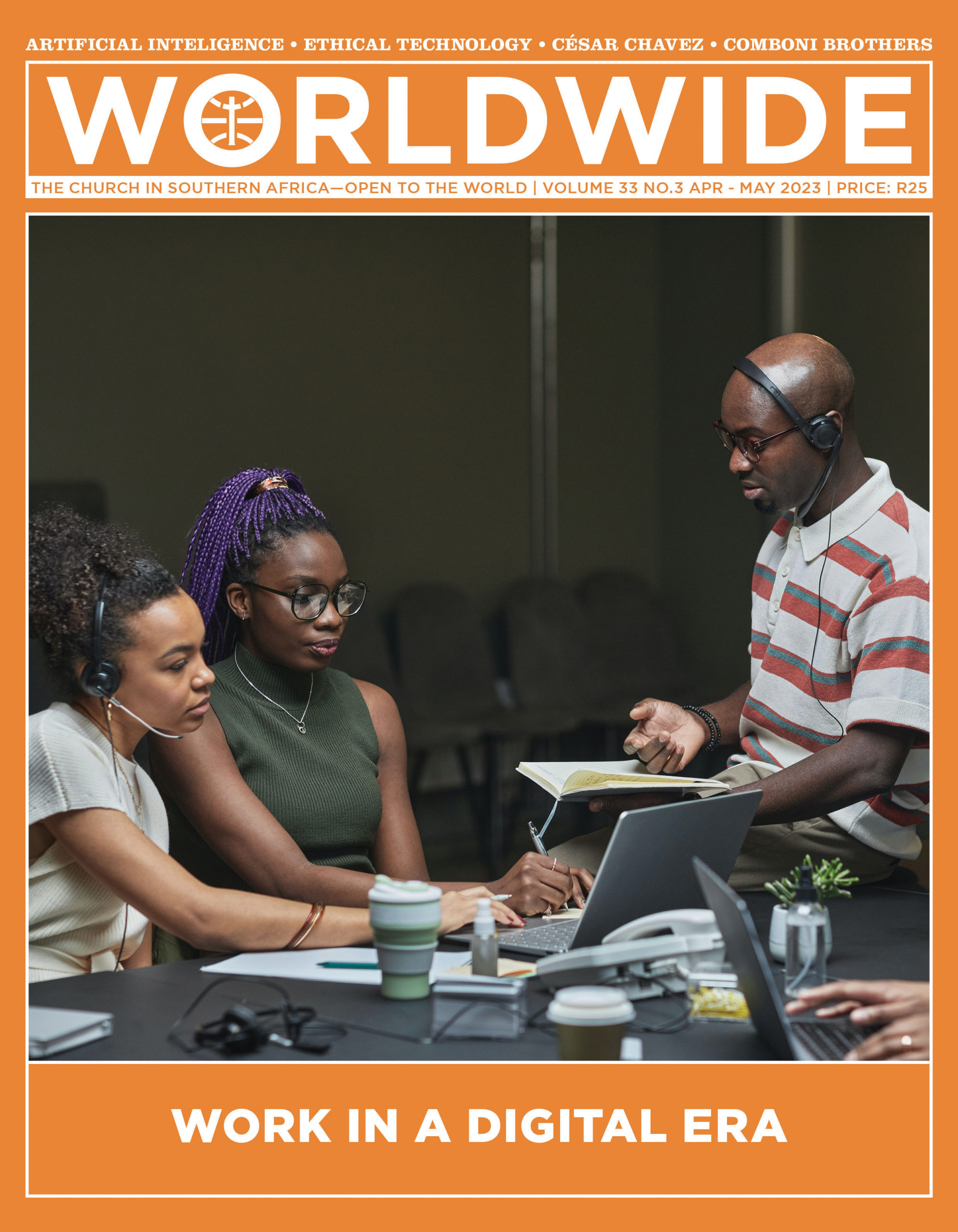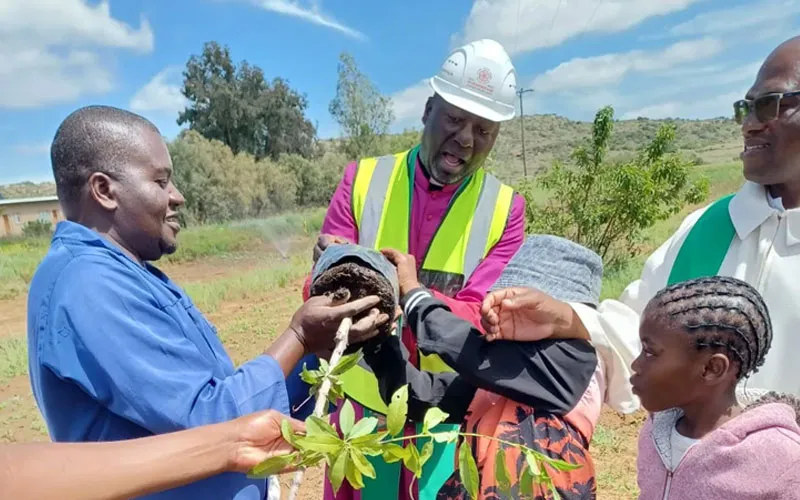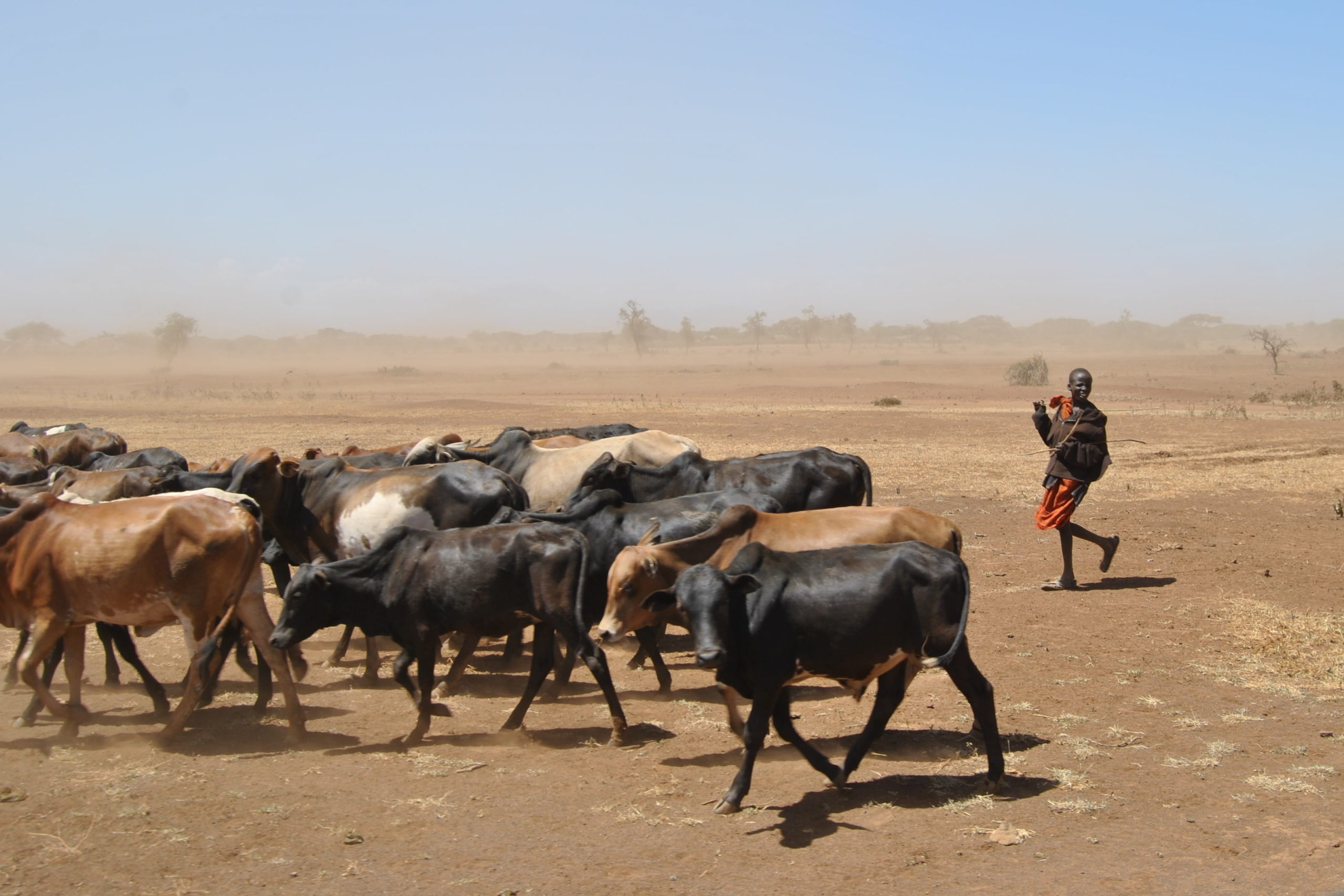
WORK IN A DIGITAL ERA
In the image we see a group of work colleagues discussing and planning their activities. They seem to have fun and an amicable relationship. The future of work passes through team work and co-operation in a spirit of mutual collaboration.
RADAR • ETHICS

HOW TO DEVELOP ETHICAL TECHNOLOGY IN YOUR TEAM
Working in tech almost inevitably means coming face to face with ethical dilemmas. Recent advancements in Artificial Inteligence, such as ChatGPT,
the use of social media to spread misinformation and algorithmic bias have put the ethical dilemmas related to technology into stark relief. In this article, we offer some tips and tricks on how to bring ethics into your development team
BY SIMON KAVANAGH | CHIEF DESIGNER AND INNOVATOR, OSLO, NORWAY
THE PROBLEMS we have to solve in the tech industry are often very complex. That’s why this industry attracts so many talented engineers, designers and business developers. Tough challenges are fun to solve! So, how can we leverage the talent of team members to tackle the ethical challenges of the product or solution we’re developing?
Well, while there isn’t a one-size-fits-all approach, there are some fundamental questions that each team could start by addressing.
What is it we are developing?
Take a step back from all the technical, user and business perspectives for a while and focus on the value the solution is intended to provide and for whom. Does it bring us closer to achieving any of the UN Sustainable Development Goals? Will it improve society? Are the intentions morally positive, negative or neutral?
A solution to empower elderly people to live more independently has morally positive intentions; a solution to create audio deepfakes to commit fraud has morally negative intentions. This question is not about how the solution is developed or how it could be misused. Instead, it’s about what the solution itself is intended to do and how ethical that is.
While answering this question, it might be useful to consult experts who are not working directly in the tech industry. Moral philosophers, human rights experts and environmental scientists might have insights your team could benefit from.
Who are we?
The 2018 video game Assassins Creed: Odyssey has a starting screen which proudly tells the user that it was developed by a “…multicultural team of various beliefs, sexual orientations and gender identities”. This team decided that if they were to build an inclusive experience they needed to be an inclusive team.
The second ethical question is therefore about understanding the identity of a team. Who are you, what are your team biases, how can these biases influence the direction of the solution and how can you counteract them? It is rarely a bad idea to involve real users in the development of a product and this is a great way to uncover bias in your team. This all leads to the next question…
Who are our users?
How will your users’ lives change as a result of your solution and how can you make sure the change is positive? Well, firstly you need to understand them. This is a fundamental principle in Design Thinking and, thankfully, not a new concept in software development. It’s about building empathy with real users and bringing them into the development process. It’s about accessibility, inclusion and understanding the impact your solution will have on real people.
What could possibly go wrong?
Even with the best of intentions, how might your solution be misused? What are the consequences of this misuse and, most importantly, what can you do in the development of your solution to prevent that misuse? Take Anonymous Messaging, for example. If you take the time to consider it, then cyberbullying might well pop up as an unintended consequence. So, as a team, you ask yourselves, ‘what can be done to prevent this from being used as a bullying tool?’
By answering the above questions, you have created your own Ethical Declaration. This declaration is something which every team member should be familiar with. Some teams print theirs out and pin it to the wall. It colours the direction of the project and is something which becomes a living artefact, constantly updated and adjusted as the project progresses. Continuous adjustment is crucial. For each big step the project takes, for example for each large set of features it implements, the team has to consider how this impacts the Ethical Declaration and vice versa.
The same process of assessing what is being built is also useful for customers. The customers might not understand the impact of what they are ordering and how the solution could be misused. Therefore, the creation of the Ethics Declaration is as much of an eye-opening experience for customers as it is for the team building the solutions. Our experience working with these questions is that inviting the customer into the process together with the development team is very rewarding.
There will always be mistakes and there will always be teams that, for one reason or another, set the ethical bar too low. However, by bringing ethics to the forefront it’s much harder to accidentally create something unethical.



